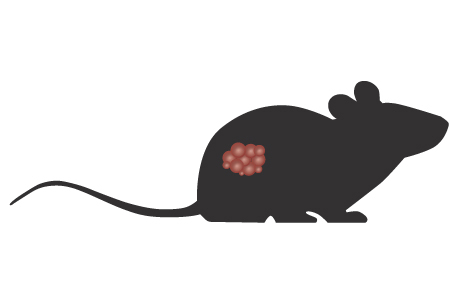 In a recent article in The Journal of Pharmacology and Experimental Therapeutics, Khot et al. examined the pharmacokinetics (PK) of exogenously administered T cells in a syngeneic tumor model. As immuno-oncology therapeutics expand into cell-based therapies, such as CAR-T cells, this type of research is needed to support their development. Khot et al. provide valuable insight into the PK of T cell-based therapeutics in this new paper.
In a recent article in The Journal of Pharmacology and Experimental Therapeutics, Khot et al. examined the pharmacokinetics (PK) of exogenously administered T cells in a syngeneic tumor model. As immuno-oncology therapeutics expand into cell-based therapies, such as CAR-T cells, this type of research is needed to support their development. Khot et al. provide valuable insight into the PK of T cell-based therapeutics in this new paper.
Tracking T Cells in a Syngeneic Tumor Model
The researchers used a syngeneic tumor model in which a mouse melanoma cell line (B16-BL6) was implanted subcutaneously into male C57BL/6NTac mice. One tumor-bearing mouse was sacrificed so T cells could be isolated from the spleen. These T cells were subsequently labeled with chromium-51 and injected intravenously into tumor-bearing mice. Tissues were collected at various time points after T cell administration, up to 14 days later. T cell biodistribution was measured by quantifying radioactivity in collected tissues1.The authors developed a mathematical, physiologically-based pharmacokinetic model to describe the observed T cell distribution. This model should be useful for scientists developing new T cell-based therapies, however more work is needed to understand how the distribution of specific T cell populations and tumor antigen-targeted T cells might vary.
















.jpg)

.jpg)
.jpg)
.jpg)
.jpg)





.jpg)


.jpg)
.jpg)




.jpg)




.jpg)

.jpg)




